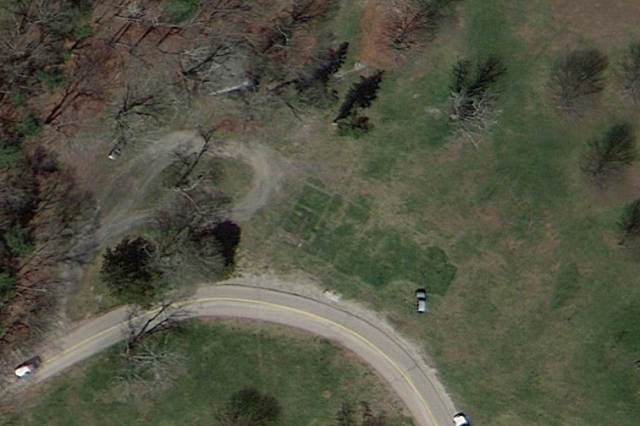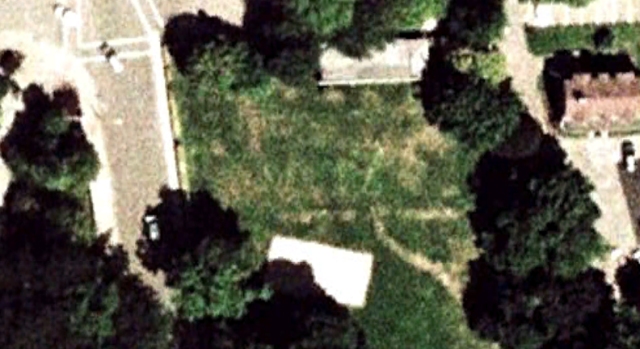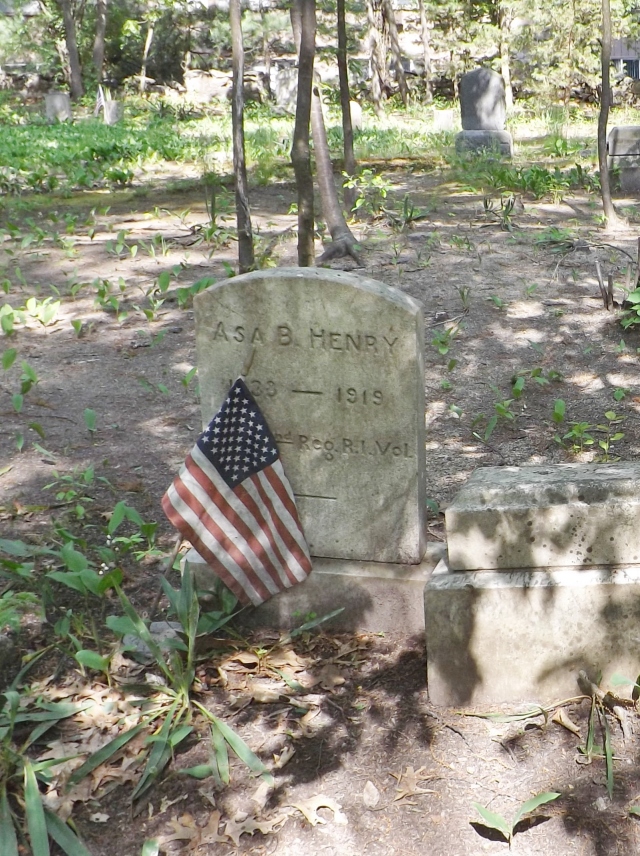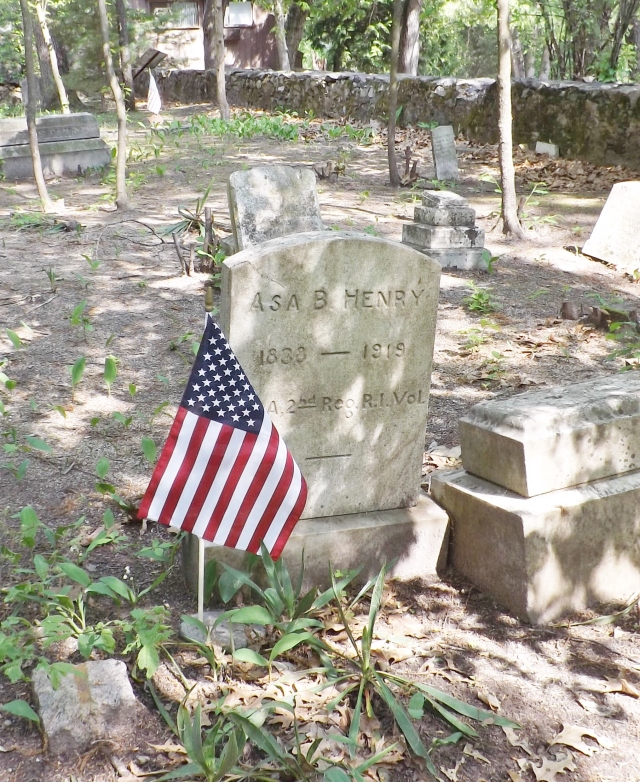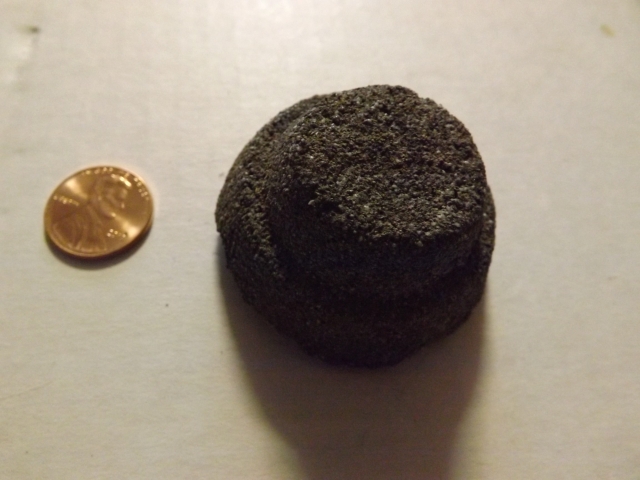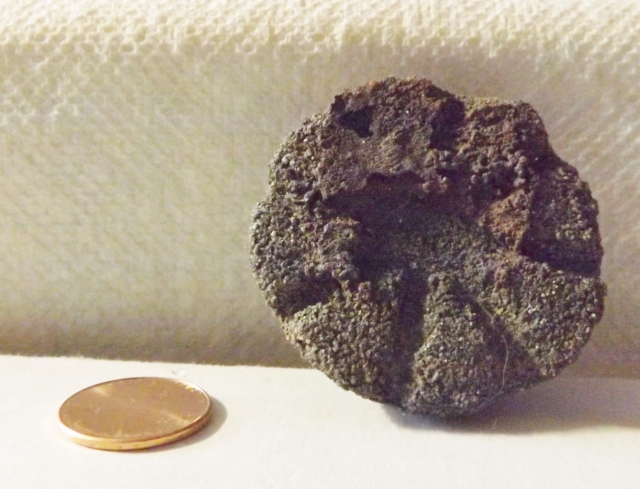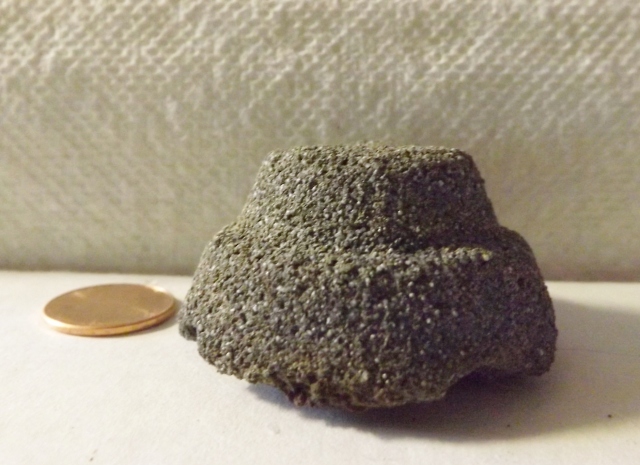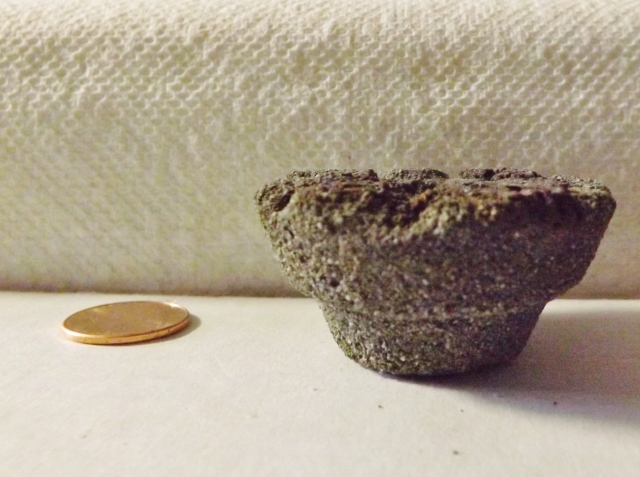I’m sure we’ve all used Google Maps or Google Earth by now, or maybe your a Mapquest person, but either way, I’m sure you’ve seen the satellite views that these mapping platforms have to offer.
Have you ever used Google Maps to examine what once was there? I do for fun, it’s interesting and often revealing.
No, I don’t mean adjusting the slider bar to see the before and after of storm aftermath, although that is a fantastic way to use this technology and to grasp the devastation of a storm on a geographic level.
Here are two examples of places close to me.
Remember back when I posted about the buildings at Goddard State Memorial Park? I had said that there had once been a mansion on the property, but that it had burned down some decades ago.
While exploring the park via Google, this is what I saw.
You can see the remains of the mansion in the grass! Now, I’ve been here in person, and there is no evidence above ground of the mansion. No foundation stones, nothing. The grass grows lushly, feeding off of whatever fill was used way back when. Even though it was a number of years ago now, that fill is still newer than the surrounding dirt and it is less compacted as well. You can easily see rooms of the mansion, from the burn pattern in the grass, suggesting that the foundation stones were left in place and the grass doesn’t have as much dirt to root into. Shallower roots allows for more burning.
My second example comes from Newport, RI on the Salve Regina Campus.
Where now stands a chapel, once stood a greenhouse that was surrounded by a brick wall. A likely brick pathway winded its way into the opening between the walls. You can clearly see the burn marks in the grass where the remains of the wall and path sit just below the ground’s surface.
What interesting things have you found while exploring satellite images?

